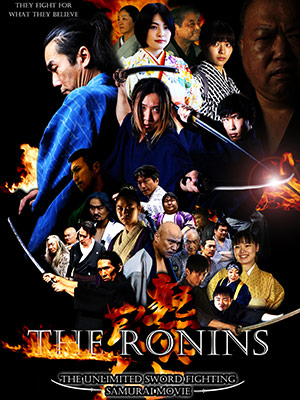The Kairakuen was built by Tokugawa Nariaki, the lord of Mito Domain, in 1842. The name "Kairakuen" comes from a saying within The Book of Mencius which states, "The ancients would share the pleasures with people, so their pleasures would be hearty and deep.
Features of Kairakuen
The Kairakuen was built for not only Feudal lords or Samurai, but also for commoners. Therefore, the design incorporates from modern parks as well as a formal Japanese landscape garden.
In early spring, about 100 different kinds and 3,000 of plum trees bloom. Those beautiful plum flowers make Kairakuen one of three best Japanese gardens.
Highlights
Though out the park, you can enjoy four seasons with, Ume, a cedar forest, bamboo trees, Sakura, azaleas, Japanese clovers.
With Senba Lake, plum tree, and a prairie located near the park, there is a spectacular view from the third floor of Kobuntei house.
Kobuntei House
Kobuntei is a historic three-story wooden building. It is made up of a main houses and a one story annex, the nobility's private quarters. Nariaki played a key role in the Kobuntei's construction. He would invite writers, artists, and residents of his domain to the Kobuntei and host parties comoposing Japanese poetry and events to entertain the old.







